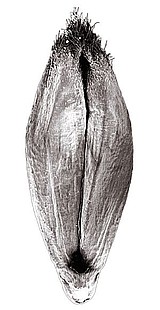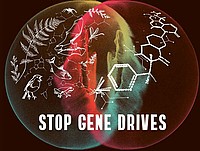Save Out Seeds Nachricht
04.04.2017 | permalink
New Breeding Techniques and synthetic biology - genetic engineering by another name
Advocates claim that synthetic biology and the so-called New Breeding Techniques (NBTs) are distinct from genetic engineering (GE), write Helena Paul, Elisabeth Bücking & Ricarda Steinbrecher. In fact synthetic biology and NBTs carry similar risks to old-style GE, and even create novel hazards. The 'new GE' techniques - as they should be named - and their products deserve regulation at least as strict as those applying to GMOs.
With the development of new genetic engineering techniques, the ease and speed of creating genetically modified organisms (GMOs) has sharply increased, and the costs have gone down.
Scientists have acquired the ability to make deeper and more complex changes to the genetic makeup of living organisms.
Not only can DNA be rapidly sequenced but DNA strands can also be easily synthesised, taking digital sequence instructions directly from computers (and the internet).
This has led to the emergence of two new fields of genetic engineering that overlap with each other: synthetic biology (or synbio) and the so-called New Breeding Techniques (NBTs). In most cases both involve the use of old-style genetic engineering, but they also go much further.
So what precisely are these new techniques?





